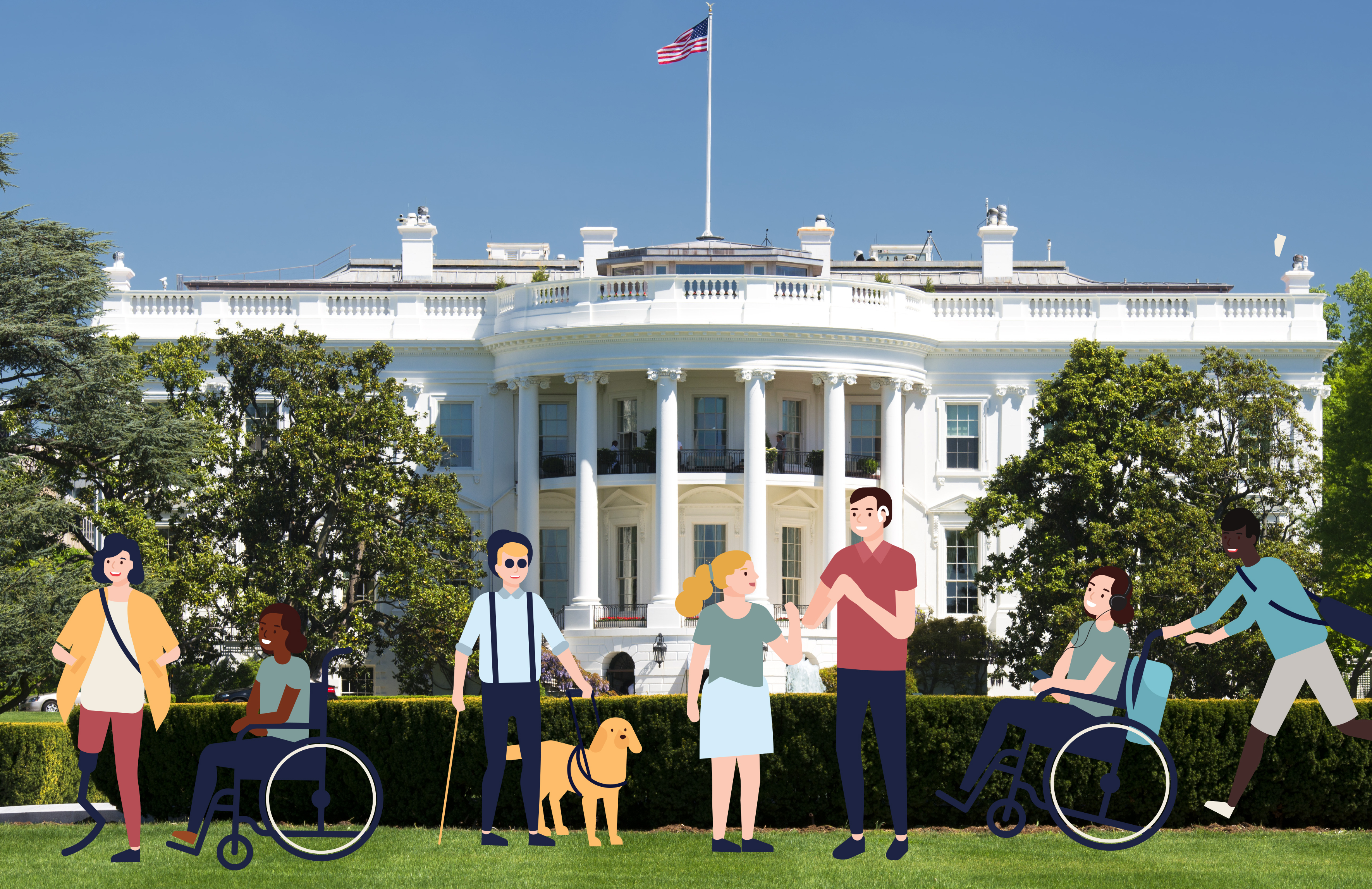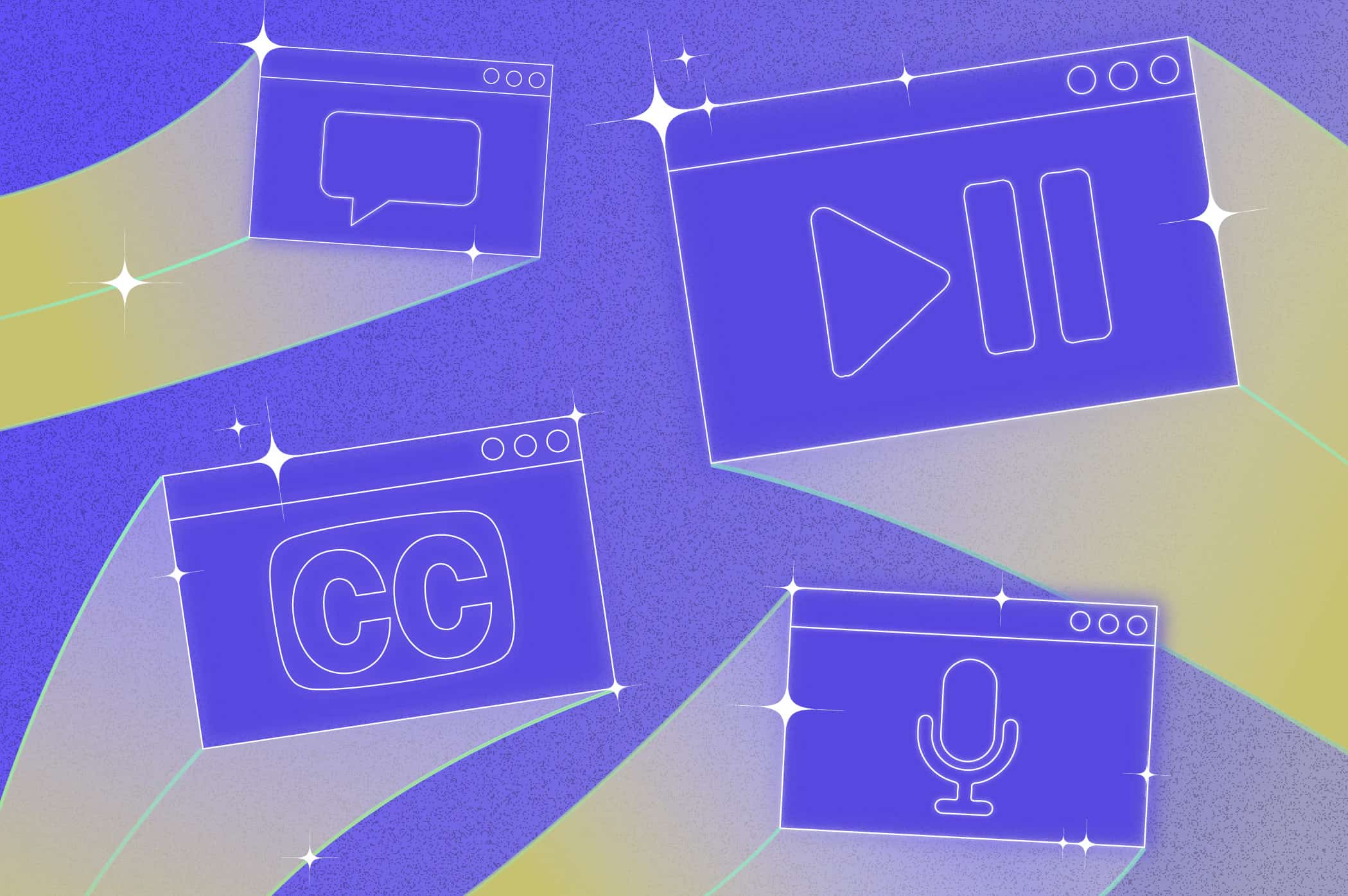
The ADA Turns 30: What America Has Learned
This week marks the 30th anniversary of the Americans with Disabilities Act, or the ADA. Congress passed this anti-discrimination law in 1990, after decades of advocacy from people with disabilities.
Disability rights activist Judy Heumann tells the story of occupying the San Francisco federal building for almost a month in 1977 with hundreds of others, fighting for disability anti-discrimination law to be written into the Rehabilitation Act of 1973. This event became known as the 504 Sit-in, as it applied to Section 504 of the Rehabilitation Act.
13 years later, Section 504 formed the basis of the ADA. It covered people born with a range of disabilities, those with temporary disabilities, and those recovering from certain illnesses.
Transformations the ADA has achieved
Today, one in four American adults lives with disability.
Over the past 30 years, many of these people have seen improvements in their everyday lives because of the legal rights the ADA has afforded them.
The law has spanned wheelchair accessibility, to information accessibility (mandated since 2010), to learning support. But some of the clearest achievements of the ADA have been to do with physical accessibility and simple accountability.
Building and public space accessibility
ADA requirements for people with physical disabilities have created some wonderful feats of engineering, from the elaborate to the everyday.
The ‘curb cuts’ we see at the edge of our sidewalks that make it easier to get onto the sidewalk from the road were mandated by the ADA. They are a great example of how inclusive design makes life better for everyone – whether you use a wheelchair, a scooter, a pram, a walker, a cane or have any mobility issue.
Opportunities for visible advocacy
Disability lawyer and advocate Haben Girma – often known as the first DeafBlind person to graduate Harvard Law School – has told numerous stories of advocating for her rights by using the legal backing of the ADA.
While studying, Girma was denied access to a Braille menu at a school café, and was able have this rectified when she argued she deserved it by right according to the ADA. She has since built a career on such legal advocacy on the behalf of other people with disability.
Deaf YouTuber and disability activist Rikki Poynter also cites the ADA as something she has referenced on numerous occasions to receive captions or sign language interpreting. However, this is not always a guaranteed success…
What the ADA has struggled to address
While the ADA has brought disability awareness further into the public consciousness, there are several areas that it has had less success in. This is not to say that the law has not had a positive impact in these areas, but that a lot of progress is still needed.
Employment
Securing employment has always been more difficult for people with disability, and it continues to be an issue today. In 2019, only 19.3 per cent of people with disabilities were employed, compared to 66.3 per cent of people without disabilities.
Rikki Poynter has said that it took her four years to find a retail job, and in some cases this was due to communication breakdowns because interactions were not made accessible for her.
Support for those with invisible disabilities
Only around six per cent of Americans with disability have ‘visible disabilities’. These are disabilities that might require mobility aids like a wheelchair or a cane, or a guide dog, for example.
Invisible disabilities, on the other hand, affect up to 10 per cent of the entire US population. This includes anything from Autism Spectrum Disorder, to depression and other mental illness, to intellectual disability.
And although people with these kinds of disabilities are accommodated by the ADA in theory, anti-discrimination in these cases has been more difficult to realize, because ‘disability’ has been more difficult to define, and harder for people to disclose.
People with invisible disability have reported that they are often distrusted when they communicate a need for accommodation or access, or misunderstood when they exhibit behaviors that aren’t considered ‘normal’.
Broader societal attitudes
Lastly, the diversity of experience of disability is still not very well-understood. This is not the fault of the ADA, but a sign that we still have a lot of work to do when it comes to raising social awareness.
As activist Alice Wong has said, “Yes, things are better with the ADA. We have elevators, ramps and closed captioning. But the ADA is not a magic wand. The ADA can only do so much to correct inequalities in a society that is uncomfortable with disability.”
Rikki Poynter also points out that even when people with disability argue their rights according to the ADA, events and public spaces won’t necessarily be accessible to people with disability. The legal right might be recognized, but it is not necessarily enforced.
The next 30 years
There are so many opportunities to boost disability awareness and accessibility in our daily lives, and the changes of the past 30 years have shown us how much is possible.
Not all disability rights will be mandated by law for some time to come, but we can achieve great changes ourselves.
As Alice Wong has said, “The ADA is important, but culture change, real culture change takes much longer to achieve. Anyone can create this change by speaking up in everyday situations, such as considering someone’s dietary restrictions at a dinner party, asking for an accessible venue at a company event, or simply believing that those who request accommodations need them.”
And, as we have seen time and time again, accessibility for those with disabilities makes society better for everyone.
If you would like more information on Ai-Media or the accessibility services we provide, please contact us or visit the Ai-Media website.










